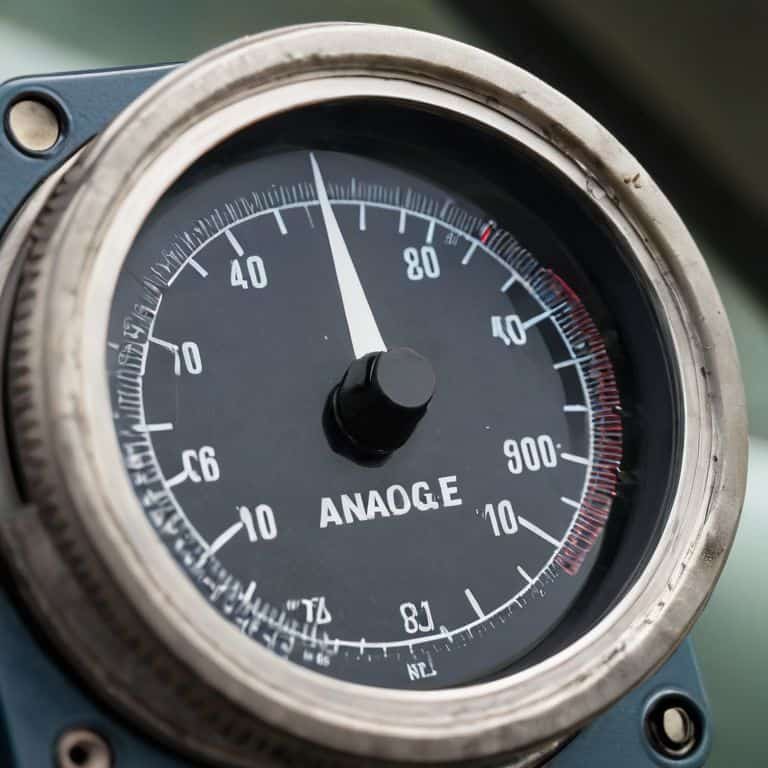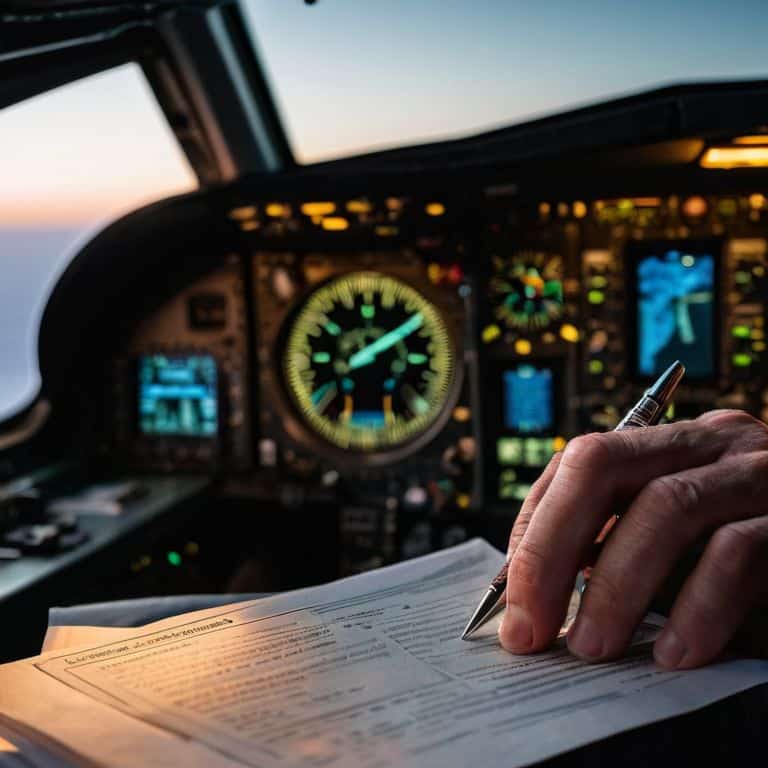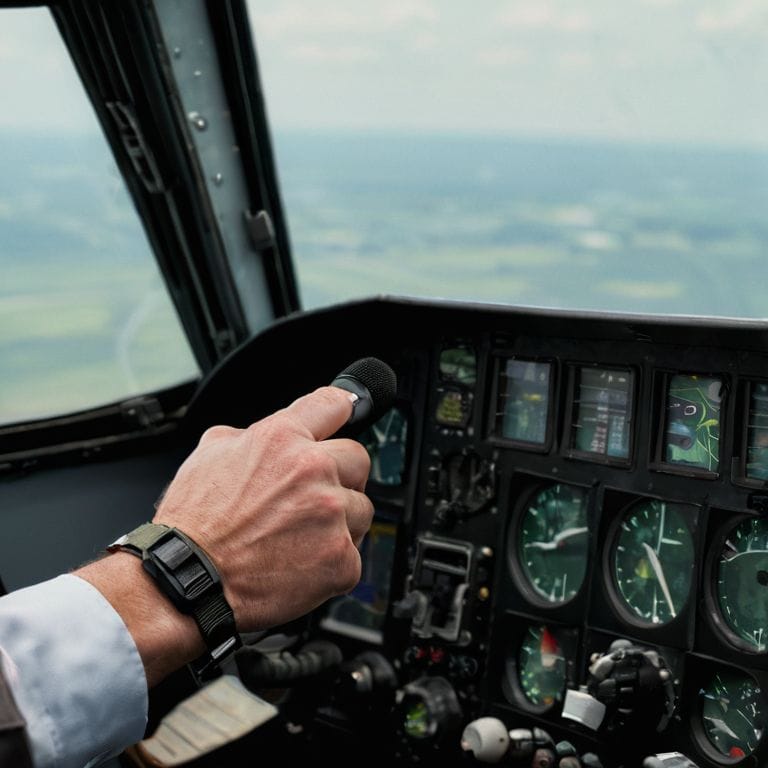I still remember my early days as a bush pilot in Alaska, where understanding how does an altimeter work was crucial for safe navigation. It wasn’t just about the technical aspects, but also about developing a sixth sense for the terrain and weather conditions. I’ve seen many pilots get confused by the complex explanations of altimeters, but in reality, it’s quite simple once you break it down to the basics. The question of how does an altimeter work is often shrouded in jargon, but I’m here to tell you that it doesn’t have to be that way.
As a flight instructor, my goal is to provide you with a clear, no-nonsense understanding of altimeters and how they function. In this article, I’ll take you through the fundamentals of altimeter operation, explaining it in a way that’s easy to grasp, even if you’re not a seasoned pilot. I’ll share my personal experiences and provide practical examples to help you understand the concept better. By the end of this article, you’ll have a solid grasp of how does an altimeter work, and you’ll be able to apply that knowledge in real-world situations, whether you’re a pilot or just someone interested in aviation.
Table of Contents
How Does Altimeter Work
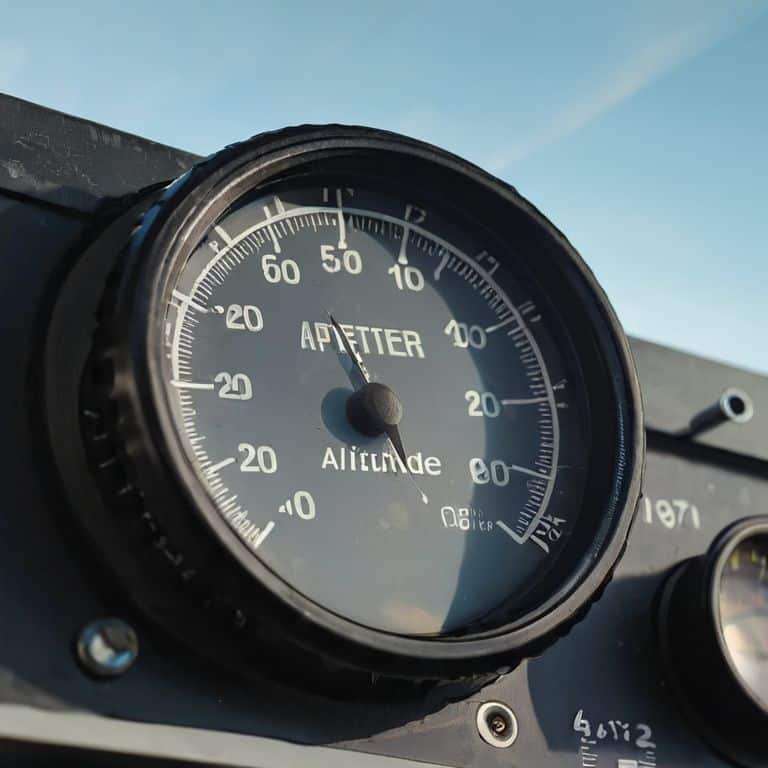
To understand how an altimeter works, let’s start with the basics. An altimeter is essentially a barometric sensor that measures air pressure to determine altitude. As we ascend, air pressure decreases, and the altimeter responds by indicating an increase in altitude. This is based on the principle that air pressure and altitude are closely related, with air pressure decreasing as altitude increases.
In aviation, we use two main types of altimeters: barometric and GPS. The barometric altimeter is the most common type, which uses air pressure to determine altitude. On the other hand, a GPS altimeter uses satellite signals to determine altitude. When it comes to calibrating an altimeter for accuracy, we need to follow specific procedures to ensure that our readings are correct. This includes setting the altimeter to the correct altimeter setting, which is usually provided by air traffic control.
As a flight instructor, I always emphasize the importance of understanding flight level standards and how they relate to altitude. By knowing how an altimeter works and how to use it correctly, pilots can ensure safe and accurate navigation. Whether you’re flying a small plane or a commercial airliner, understanding flight level standards is crucial for maintaining safe separation from other aircraft and navigating through different airspaces.
Barometric vs Gps Choosing Right
When it comes to altimeters, there are two main types: barometric and GPS. The key difference lies in how they determine altitude. Barometric altimeters use atmospheric pressure to calculate height, whereas GPS altimeters rely on satellite signals.
In choosing the right type, consider the accuracy requirements of your flight. Barometric altimeters are generally more accurate for precise altitude measurements, but GPS altimeters can provide a more consistent reading over varying atmospheric conditions.
Calibrating for Flight Level Accuracy
To ensure your altimeter is giving you the correct reading, you need to understand the importance of calibration. This process involves setting the altimeter to match the current atmospheric conditions, which is crucial for accurate flight level readings.
As you prepare for takeoff, precise calibration is essential to guarantee that your altimeter is functioning correctly, providing you with the accurate altitude readings necessary for a safe flight.
Understanding Altimeter Settings
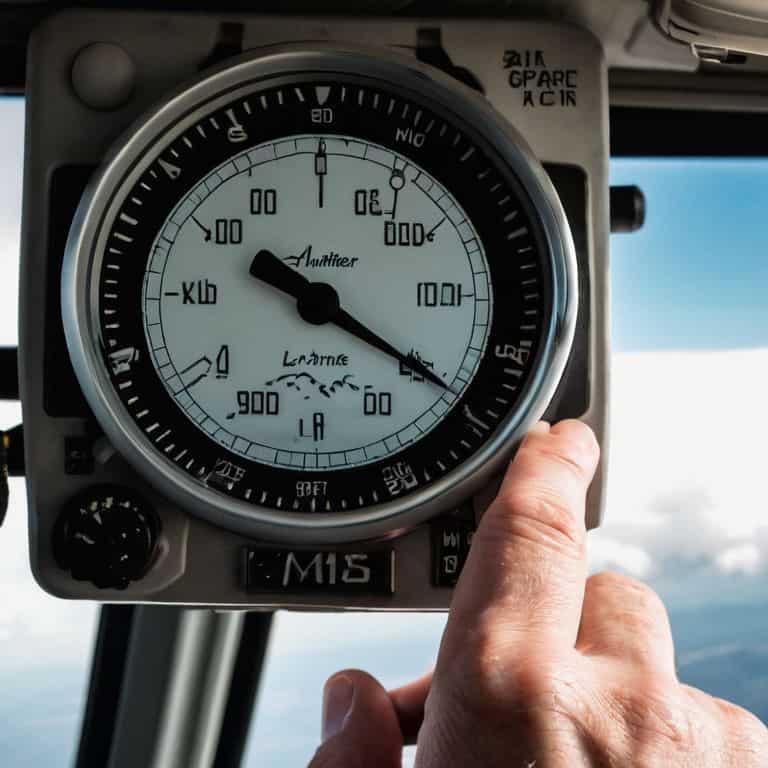
When it comes to understanding altimeter settings, it’s essential to recognize the relationship between _air pressure and altitude_. An altimeter is calibrated to reflect the standard atmospheric pressure at a given altitude, allowing pilots to determine their flight level. In aviation, there are two primary types of altimeters: barometric and GPS. The _barometric altimeter vs GPS_ debate often arises, but both have their advantages and disadvantages.
To ensure accuracy, pilots must follow altimeter setting procedures. This involves calibrating the altimeter to the current air pressure, which can be obtained from weather reports or air traffic control. By doing so, pilots can guarantee that their altimeter reflects the correct flight level, which is crucial for safe navigation. _Calibrating an altimeter for accuracy_ is a straightforward process, but it requires attention to detail and a solid understanding of the underlying principles.
In practice, pilots must be aware of the different types of altimeters in aviation and their respective settings. For instance, some altimeters may require manual calibration, while others can automatically adjust to changes in air pressure. By grasping these concepts, pilots can confidently navigate through various flight levels and conditions, ensuring a safe and successful journey. Understanding flight level standards is vital in this context, as it allows pilots to communicate effectively with air traffic control and other aircraft.
Air Pressure and Altitude Relationship
As we explore the relationship between air pressure and altitude, it’s essential to understand that air pressure decreases as we gain altitude. This fundamental principle is crucial for accurate altimeter readings.
The altimeter’s sensitivity to air pressure changes allows it to provide reliable altitude information, making it a vital instrument for pilots to navigate safely through various flight levels.
Types of Altimeters in Aviation Today
When it comes to altimeters in aviation, there are several types that serve the same purpose but differ in their approach. The most common ones are the barometric altimeter, GPS altimeter, and the radar altimeter. Each has its own set of advantages and disadvantages, and pilot preference often plays a role in which one is used.
In modern aviation, analog altimeters are still widely used, especially in smaller aircraft, due to their simplicity and reliability. However, digital altimeters are becoming increasingly popular, offering more precise readings and additional features that can enhance flight safety.
Nailing the Basics: 5 Essential Tips to Understand How an Altimeter Works
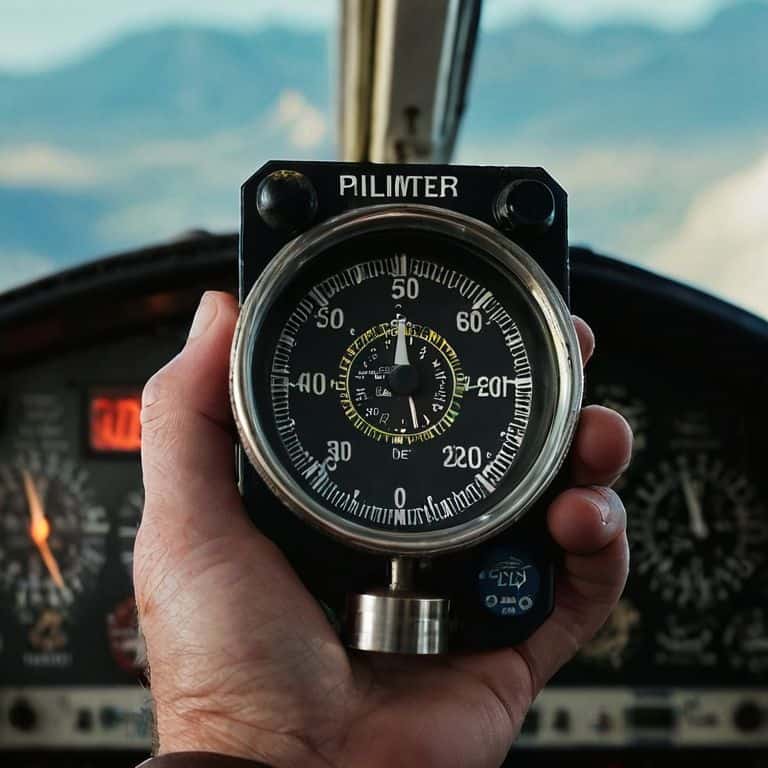
- Always remember that an altimeter is essentially a barometer, measuring air pressure to estimate altitude, so understanding its calibration is crucial
- Choose the right type of altimeter for your flight needs – barometric altimeters are great for precision but can be affected by weather, while GPS altimeters provide a more direct reading but may lack the finesse of barometric ones
- Calibrate your altimeter regularly to ensure flight level accuracy, taking into account factors like temperature and air pressure changes
- Understand the relationship between air pressure and altitude – as you ascend, air pressure decreases, and your altimeter will reflect this change, helping you navigate through different flight levels
- Familiarize yourself with the different types of altimeters used in aviation today, from simple mechanical models to advanced digital ones, each with its own set of advantages and limitations
Key Takeaways: Mastering Altimeters
An altimeter’s fundamental principle is based on the relationship between air pressure and altitude, making it essential to understand how to calibrate and use it correctly for accurate flight level readings
Choosing the right type of altimeter, whether barometric or GPS, depends on the specific needs of your flight, including factors such as terrain, weather, and the type of aircraft you’re flying
Regularly checking and understanding altimeter settings, including air pressure and altitude relationships, is crucial for safe and precise flight operations, and can be simplified by applying basic ground school lessons and flight analogies to everyday navigation challenges
Navigating the Skies with Precision
An altimeter is not just a tool, but a trusted companion that helps us navigate the ever-changing landscape of air pressure and altitude – understanding how it works is the first step to mastering the art of flight.
Daniel Sato
Conclusion: Taking Flight with Confidence
As we’ve explored the world of altimeters, it’s clear that understanding how they work is crucial for any pilot. We’ve discussed the difference between barometric and GPS altimeters, and how to calibrate for flight level accuracy. We’ve also delved into the relationship between air pressure and altitude, and examined the various types of altimeters used in aviation today. By grasping these fundamental concepts, pilots can make more informed decisions and ensure a safe and successful flight. Whether you’re a seasoned pro or just starting out, having a solid grasp of altimeter basics is essential for navigating the skies with confidence.
As you take to the skies, remember that flying is all about understanding and respecting the fundamentals. Just as a well-built scale model requires attention to detail, a successful flight requires a deep understanding of the principles that govern it. So, the next time you’re soaring through the clouds, take a moment to appreciate the humble altimeter – and the complex dance of air pressure and altitude that it helps you navigate. With practice, patience, and a commitment to learning, you’ll be well on your way to becoming a skilled and confident pilot, ready to take on whatever the skies may bring.
Frequently Asked Questions
What is the difference between a barometric altimeter and a GPS altimeter in terms of accuracy?
The key difference lies in their sensing methods. A barometric altimeter measures air pressure to estimate altitude, which can be affected by weather conditions. In contrast, a GPS altimeter uses satellite signals to determine altitude, providing a more direct and accurate reading, especially in changing weather conditions.
How often does an altimeter need to be calibrated to ensure flight level accuracy?
As a flight instructor, I recommend calibrating your altimeter at least once a day, or whenever you notice a significant change in atmospheric pressure. This ensures accurate readings and safe flight operations. Think of it like checking your aircraft’s tire pressure before takeoff – it’s a simple but crucial step in your pre-flight routine.
Can an altimeter be affected by weather conditions such as high winds or turbulence?
Yes, weather conditions like high winds or turbulence can impact altimeter readings. Changes in air pressure, which accompany these conditions, can cause the altimeter to fluctuate. It’s essential to understand these effects to ensure accurate altitude readings, especially during critical phases of flight.
